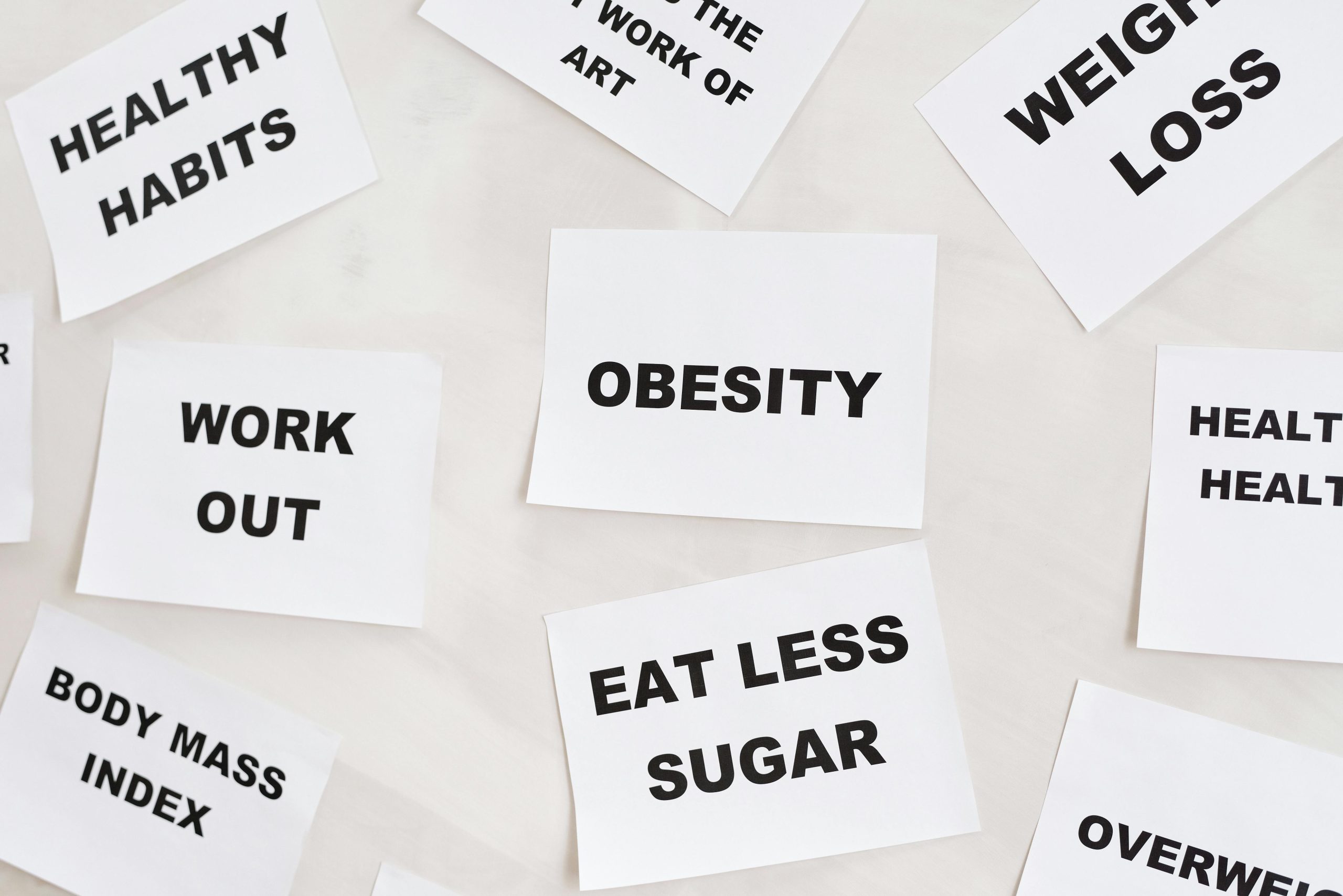Losing weight doesn’t have to mean starving yourself or feeling deprived. Many people associate dieting with hunger pangs and constant cravings, but the truth is, a well-balanced, nutrient-rich diet can help you shed pounds sustainably without leaving you hungry. The key is choosing the right foods that keep you full, energized, and satisfied while promoting fat loss. In this guide, we’ll explore healthy diet plans designed for sustainable weight loss—without the misery of constant hunger.
Why Traditional Diets Fail (And What Works Instead)
Many traditional diets fail because they rely on extreme calorie restriction, cutting out entire food groups, or promoting unrealistic eating habits. These approaches often lead to:
- Increased hunger: Low-calorie diets can trigger ghrelin, the hunger hormone, making it harder to stick to the plan.
- Nutrient deficiencies: Eliminating carbs or fats without proper substitutes can leave you feeling weak and fatigued.
- Yo-yo dieting: Rapid weight loss often leads to rapid regain once normal eating resumes.
Instead, a sustainable weight loss plan focuses on:
- High-protein meals: Protein keeps you full longer and helps preserve muscle mass.
- Fiber-rich foods: Vegetables, fruits, and whole grains slow digestion and stabilize blood sugar.
- Healthy fats: Avocados, nuts, and olive oil provide satiety and essential nutrients.
Best Foods for Hunger-Free Weight Loss
Choosing the right foods is crucial for staying full while losing weight. Here are some of the best options to include in your diet:
1. Lean Proteins
- Chicken breast: Low in fat and high in protein.
- Fish (salmon, tuna): Rich in omega-3s and protein.
- Eggs: A complete protein source that keeps you full for hours.
- Legumes (beans, lentils): Packed with fiber and plant-based protein.
2. Fiber-Packed Vegetables and Fruits
- Leafy greens (spinach, kale): Low in calories but high in volume and nutrients.
- Berries (blueberries, strawberries): Antioxidant-rich and low in sugar.
- Broccoli and cauliflower: High in fiber and water content.
3. Healthy Fats
- Avocados: Creamy, satisfying, and full of monounsaturated fats.
- Nuts and seeds: Almonds, chia seeds, and walnuts provide crunch and satiety.
- Olive oil: A great source of heart-healthy fats for cooking and dressings.
Sample Meal Plan for Sustainable Weight Loss
Here’s a balanced, hunger-free meal plan to help you lose weight without feeling deprived:
Breakfast
- Option 1: Scrambled eggs with spinach and whole-grain toast.
- Option 2: Greek yogurt with berries and a sprinkle of chia seeds.
Lunch
- Option 1: Grilled chicken salad with mixed greens, avocado, and olive oil dressing.
- Option 2: Lentil soup with a side of roasted vegetables.
Dinner
- Option 1: Baked salmon with quinoa and steamed broccoli.
- Option 2: Stir-fried tofu with brown rice and mixed veggies.
Snacks
- Option 1: A handful of almonds and an apple.
- Option 2: Carrot sticks with hummus.
Tips to Stay Full and Avoid Overeating
Beyond food choices, these strategies can help you manage hunger and stick to your weight loss plan:
1. Drink Plenty of Water
Sometimes thirst is mistaken for hunger. Staying hydrated can help curb unnecessary snacking.
2. Eat Mindfully
Slow down, chew thoroughly, and avoid distractions like TV while eating. This helps your brain register fullness.
3. Prioritize Sleep
Lack of sleep disrupts hunger hormones, increasing cravings for sugary and fatty foods.
4. Plan Meals Ahead
Prepping meals in advance reduces the temptation to grab unhealthy, convenient options.
Conclusion
Losing weight sustainably doesn’t require starvation or extreme restrictions. By focusing on nutrient-dense, high-fiber, and protein-rich foods, you can stay full, energized, and on track with your goals. Remember, the best diet is one you can maintain long-term—so choose foods you enjoy, listen to your body, and make gradual, healthy changes for lasting success.
